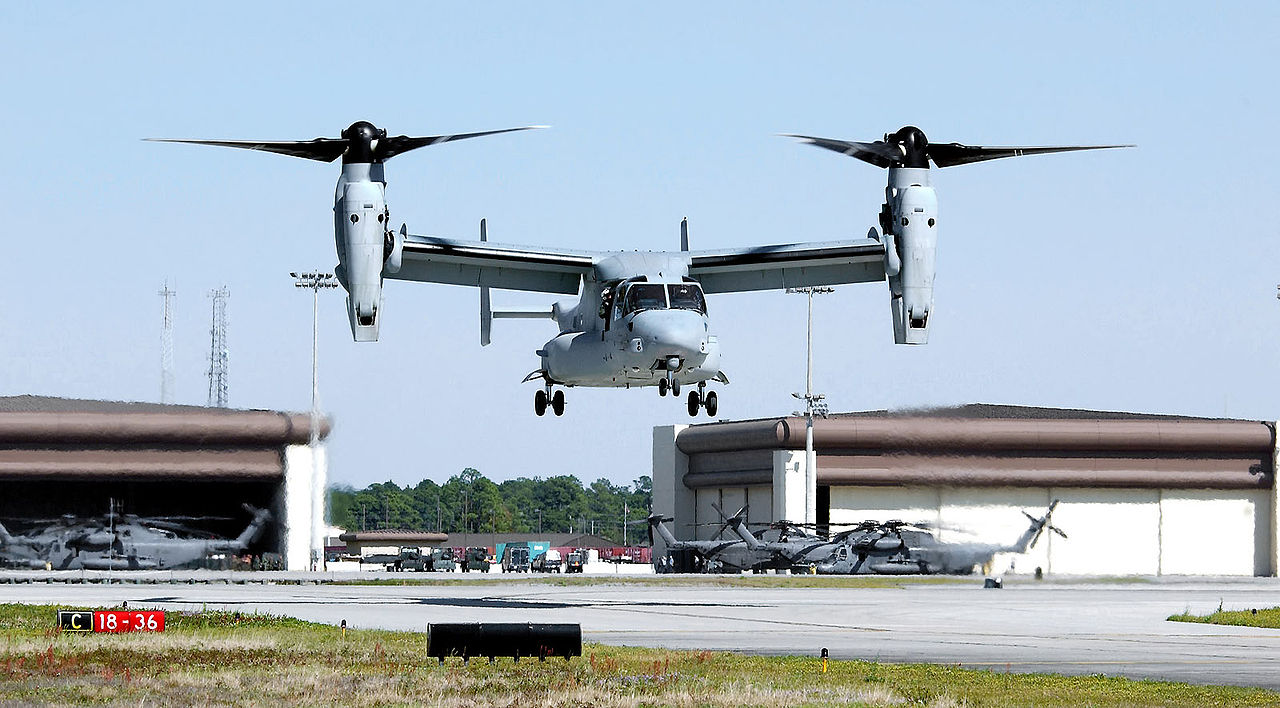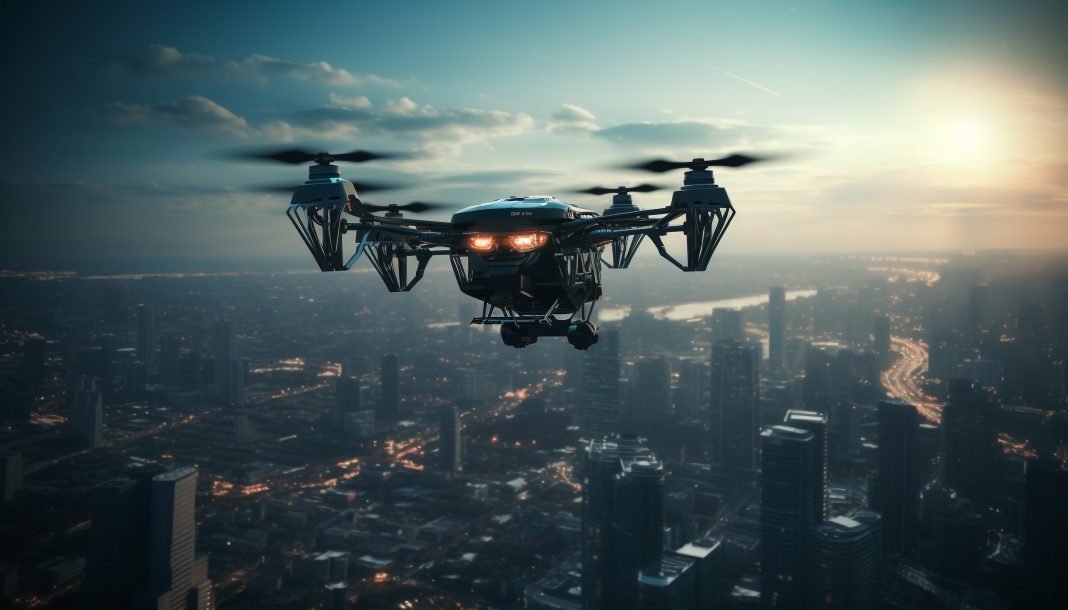You read it right: vertical takeoff.
Today we’ll delve into the field of aeronautical innovation to talk about a technology that could revolutionise the way aeroplanes perform landing and takeoff manoeuvres.
What is VTOL?
VTOL, which stands for Vertical Takeoff and Landing, refers to an aircraft’s ability to takeoff and land vertically from the ground without the need for a conventional runway. This technology offers higher operational flexibility and makes it possible for aircraft to reach destinations that aren’t accessible by traditional means of transport.
There are many types of VTOL aircraft. The difference is mainly in the configuration of the mechanisms for takeoff and landing:
- Helicopters. Helicopters are the most common type of VTOL. They can create the necessary lift to takeoff and land vertically thanks to the main rotor blades.
- VTOL aeroplanes and tiltrotors. These aircraft combine the features of a traditional aeroplane with the ability to takeoff and land vertically. They use swivel jet engines or tiltwing to generate the necessary thrust for vertical flight.

- Drones. These little aircraft with multiple rotors have become more and more popular for commercial and recreational purposes, such as aerial photography. They can takeoff and land vertically thanks to individual rotors.
Advantages of vertical landing
VTOL aircraft can reach areas that are remote or inaccessible by land thanks to their ability to takeoff and land vertically. This feature is an important advantage in transporting goods and people to isolated places, especially to allow rescue operations during emergency situations or natural catastrophes.
Moreover, this means of transport can even operate without airports, which are the main access gateways to destinations in civil and military aviation.
They say that VTOL might even revolutionise the concept of urban mobility in the future. Air taxis and private VTOL aircraft could offer an innovative solution to avoid traffic and shorten travel times in big cities in the centuries to come. Can you imagine?
Are you a true AVGeek?





